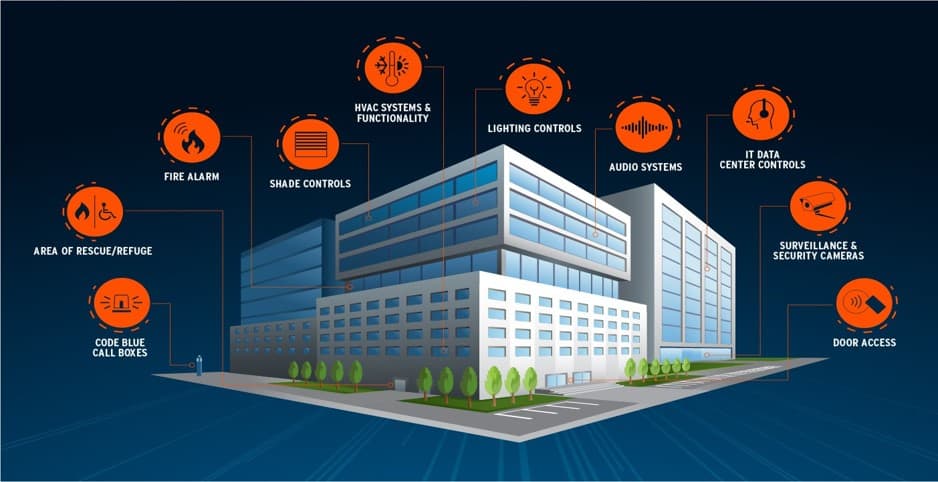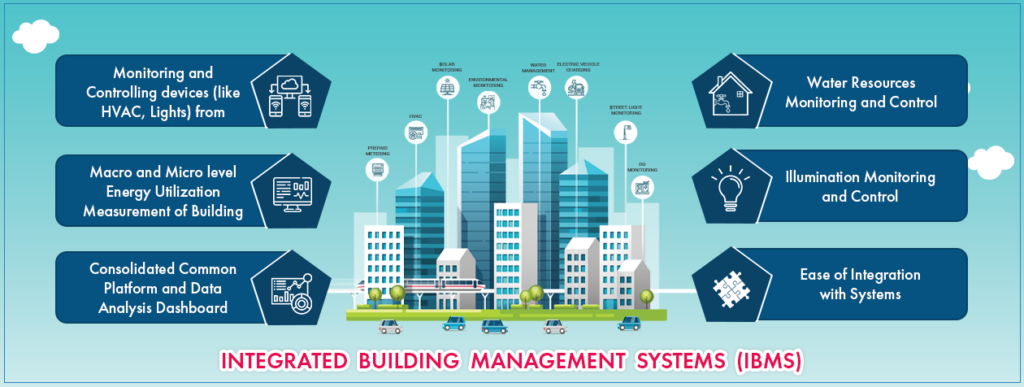Building Management System

A building management system (BMS) is a control system that can be used to monitor and manage the mechanical, electrical and electromechanical systems and services in a facility. Such services include power; heating, ventilation and air conditioning (HVAC); physical access control; fire safety systems; water pumps; elevators; and lights.
A BMS is also called a building automation system or computerized maintenance management system. These systems collect data from around a building or facility and monitor it for any abnormalities. If the data falls outside the predetermined ranges, indicating possible problems, the system sends an alert to building or equipment managers.
Depending on the system, BMS software can be installed as a standalone application or integrated with other monitoring programs. More advanced BMS applications monitor and manage a range of building services across multiple platforms and protocols. They provide facility administrators with a single, shared view of the facility's operations.
The BMS sensors monitor a variety of building functions, including the following:
- Building automation systems.
- Physical security systems.
- Fire safety systems.
- Energy use.
- Sustainability systems and initiatives.
- Smart building functions.
- Energy-efficient windows.
- HVAC system efficiency.
- Air handling and quality management.
- Electrical systems.
- Water detection systems.
- Overall building operations.
- Elevators, both for passengers and freight.
Benefits of BMS
- Energy savings
- Improved comfort
- Facility management
- Environmental impact
Why are building management systems important?
- Managing complexity
- Sustaining green environments
- Enabling real-time monitoring
- Providing remote access
